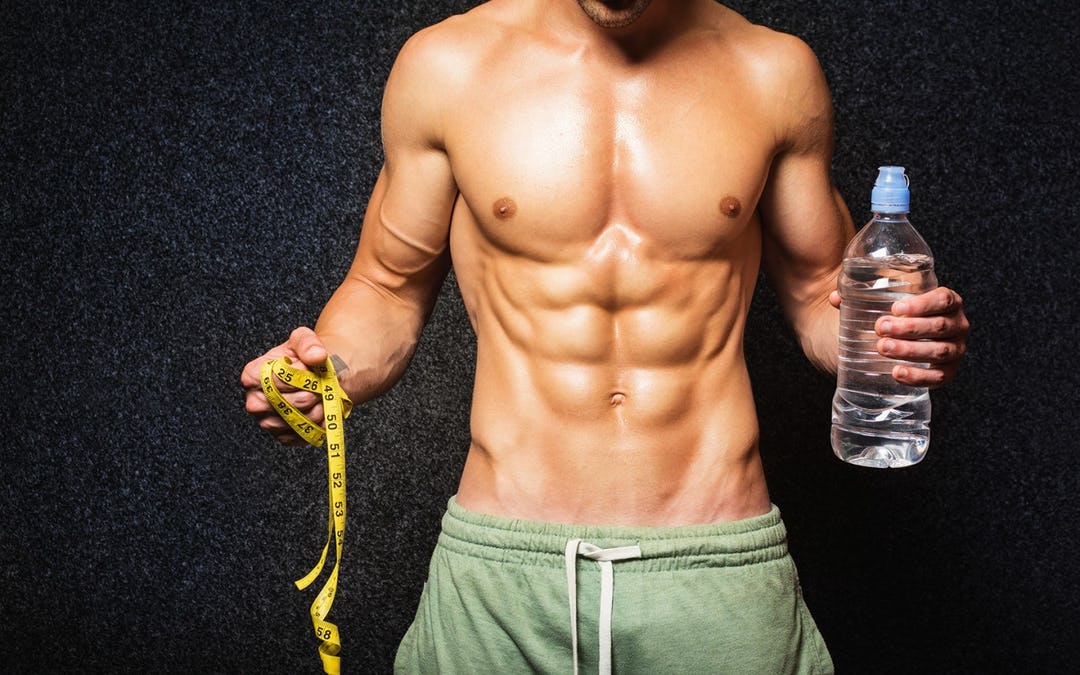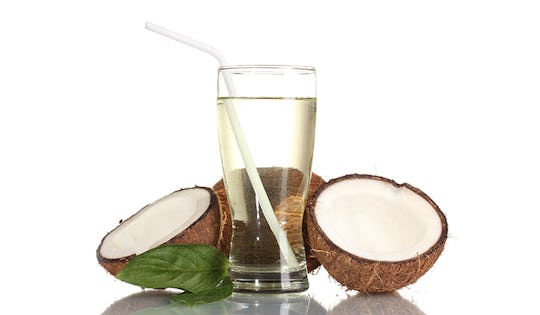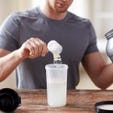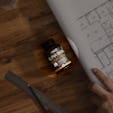Hydration is one of the least sexy aspects to talk about when it comes to nutrition, but one of the most important. A large portion of people do not consume enough water, and as a result are chronically dehydrated.
How do you know how much fluid to drink? And what are athletes missing when they only drink water?
A good rule to follow is to drink half your bodyweight in ounces of water every day. Most of us are familiar with this estimate.
However, athletes who demand more of their body require more hydration on a daily basis and athletes truly pushing their limits require more than just water to perform at their best.
During training or a race, drinking 16-20 ounces of water per hour of activity will ensure you have enough fluid coming in. Adequate hydration goes beyond just water consumption though.
Factors to consider in terms of hydration and athletic performance are: how much you sweat, the temperature outside, humidity, the altitude you are training at and electrolyte replenishment.
Generally speaking, if your pee is pale yellow, you’re well hydrated. Dark yellow means you’re not drinking enough water and peeing clear means you’ve had too much.
There is a lot of awareness about dehydration, but this article focuses on the dangers of overhydration and how to prevent it. There are a minority of athletes who can take hydration to the extreme and drink too much water.
Are You Drinking Too Much Water?
When you over hydrate, it can lead to a damaging and potentially fatal condition known as hyponatremia as a result of extremely low blood sodium levels. Without electrolytes, the extra fluid places an extreme burden on the kidneys and disrupts the cellular fluid balance.
Hyponatremia causes the body to flush all the electrolytes making it difficult for tissues to retain the right ratio of water to electrolytes. Endurance athletes who train longer than normal outside in the heat are at a much higher risk of overhydration.
Many of the symptoms of overhydration are identical to dehydration, and can lead folks to make a bad situation worse. Typically people will experience fatigue, nausea, cramps, headaches and vomiting. Thinking the answer is more water only digs a deeper hole.
Electrolytes are important because they help regulate the fluid inside our cells and maintain the pH of our blood. Nerve, muscle and heart function all depend on having an ample amount of these electrolytes in the body.
Electrolytes are lost primarily through sweat, and replaced by the fluids you drink, and food you eat.
The more you sweat from training or a race, the more important it becomes to balance the electrolytes with fluids. In the absence of these electrolytes, your cells will not adequately retain the water you are drinking and your athletic performance will suffer as a result.
Most athletes will go for sports drinks in an attempt to get electrolytes during races, and while they do provide potassium and sodium, they are missing other crucial electrolytes in the form of calcium, magnesium and chloride. Some sports drinks can actually be dehydrating because of their sugar content.
Calcium, magnesium and potassium are especially important for cramps, a common problem for endurance athletes. If you want to optimize health and athletic performance, there are far better options than sports drinks.
It takes some smart planning on your part, but how important is your health and athletic performance to you?
Alternative Hydration Options
Below are some hydration options that provide what’s lacking in water without the added sugar and other potentially negative ingredients of many sports drinks. Just like with all other aspects of nutrition, it will take some experimenting to see what works best for you personally.
The middle of a race isn’t the best time to try out a new hydration method. Experiment during training so on race day you are dialed in and ready to set personal records!
Salt
You want to make sure you are using mineral-rich salt which contains 84 trace minerals and electrolytes that need to be replenished. ½-1 Tsp. of Himalayan sea salt in 16-20 ounces of water is a good starting place and adjust as needed.
Use a small container to attach Himalayan salt to your race belt, or better yet, grab the Onnit Salt Packets for convenience.
Salt Lick Tablets
These tablets contain minerals and electrolytes that are highly bioavailable, and are absorbed by your muscles quickly to restore balance. Salt Lick tablets were invented for triathletes by an organic chemist who is a triathlete as well.
This is a great option if you are looking to get your electrolyte boost separate from your liquids. They would be easy to addition to your race belt or put in your race bag for a checkpoint.
Coconut Water
Coconut water has proven to be as effective as sports drinks at hydrating during and after workouts. However, both coconut water and sports drinks lack the sodium required by an athlete exercising longer than three hours.
To remedy that, you can add Himalayan salt to coconut water or combine Salt Lick Tablets with coconut water to make an electrolyte-rich cocktail.
Liquid Trace Minerals
This is an easy way to get a concentrated shot of minerals quickly. With minerals in liquid form, they can be easily be stored in a dropper on a race belt and added to your drink of choice.
Because the minerals and electrolytes are in liquid form they will be easily ingested and absorbed during a race or training. I am a fan of the brand Natural Vitality, and their product Natural Life Minerals.
Mineral/ Electrolyte Enhanced Water
This option flies under the radar because of how simple it is, but by substituting this enhanced water you can provide the body with some of its depleted minerals.
Because these waters alone do not contain the electrolyte content required by endurance athletes, you should add Himalayan salt or mix half coconut water, half mineral enriched water with ½-1 Tsp of Himalayan salt.
Kelp
This may seem fringe to recommend, but kelp is a legit super food that is packed with a ton of the minerals we are missing in our modern diet. Plus, it has a very favorable sodium chloride profile (salt).
Kelp can be popped in the capsule form or you can open the capsule into your drink and slam it. This option is more about the health benefits, not the taste.
Lemon Juice + Honey + Coconut Water + Chia Seeds + Himalayan Salt
This concoction is a great homemade drink packed with electrolytes, natural sugars and a little fat to help fuel activity and rehydrate efficiently. I recommend playing with the recipe to see what tastes and fuels your needs the best.
I have clients start with 12 ounces of coconut water, 4 ounces of water or electrolyte enhanced water, juice from ½-1 lemon , 12 Tbsp honey, ½-1 tsp. sea salt and 2 Tbsp chia seeds.
For endurance athletes, I would recommend the using more honey and more salt to meet their specific needs.
Being an endurance athlete who is looking to refuel and rehydrate doesn’t mean that you have to sacrifice health for performance, or vice versa. As I have listed in this article, there are many healthy options to boost performance, and improve health while setting personal bests.



)





